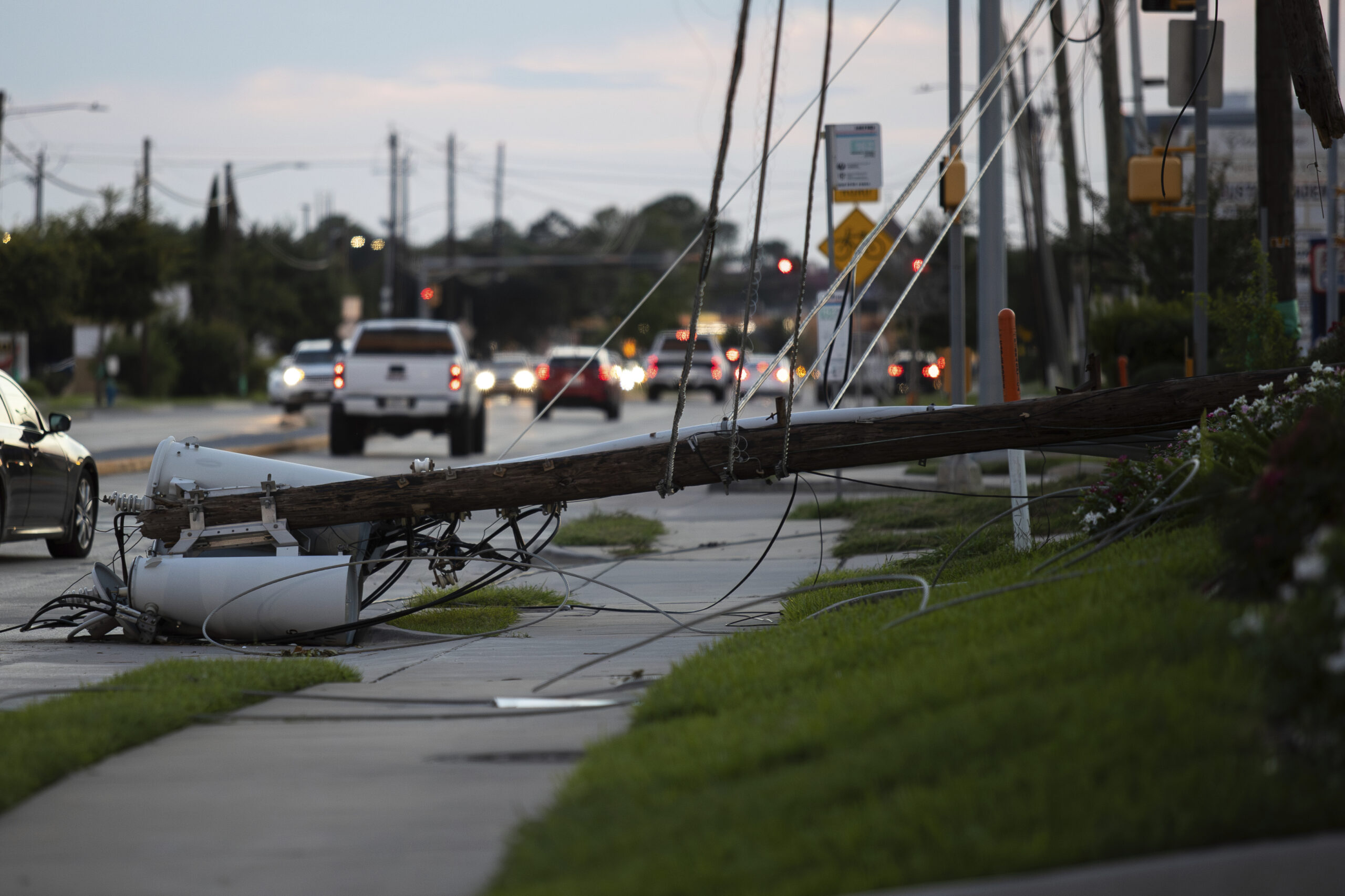The Best-Kept Secret in Texas Higher Ed: Income Inequality
Given its socio-economic make-up, UT-Austin should maybe change its slogan from "We're Texas" to "We're the 1%"

Almost a decade ago, when I was an undergrad at the University of Texas-Austin, some friends and I formed UT Watch, a student group that was equal parts watchdog and attack dog. The genesis of the group was our moral outrage—and Lord knows we had no shortage of that—at ruthless tuition hikes and the gnawing sense that UT was more elitist than elite, a place where the wealthy squeezed out poor and middle-class kids. We didn’t like policies that treated students like consumers and education like a product. Universities, we naively thought, ought not be run like corporations.
UT Watch had a fetish for the quixotic—trying to get the university to divest from this or that corporation, for example—but also a healthy interest in ferreting out data to make our case. One rather dull summer we pored over old course catalogs to compile a report that showed tuition and fees at UT-Austin had soared about 400 percent between 1970 and 2002. It’s hard to believe now, but in 1970 tuition was $50 a semester.
We were stymied, however, in our quest to answer another thorny question: Just how rich was the UT student body? It turned out that UT, like most colleges and universities, didn’t have a clue what the economic background of its undergraduates was. The school didn’t know because it didn’t collect the data.
The lack of empirical socioeconomic data at individual colleges and universities has gnawed at me for years. So recently an intern and I began searching for numbers. After many months of dead-ends, we discovered that some Texas schools participate in a national survey of freshmen conducted by UCLA’s Higher Education Research Institute. The survey includes a question about family income. The results for individual schools are proprietary, but we obtained data for seven public four-year colleges and universities in Texas using the state’s open records law.
The results weren’t surprising. But they are disturbing. At UT-Austin, for example, the institute surveyed almost 4,500 students in 2009, the only year the university participated. Roughly half those students came from families with incomes in the nation’s top 20 percent—more than $100,000 a year. (This is almost perfectly reflected in the fact that 45 percent of UT students don’t file for federal financial aid.)
At least 20 percent of UT-Austin students hail from families in the nation’s top 5 percent of income. UT administrators and many parents fuss over Texas’ Top 10 Percent rule, which granted high school students at the top of their class automatic admission to UT; the rule denied automatic admission to deserving students from wealthier, more competitive high schools.
Perhaps we need to worry more about the Top 20 Percent rule, the demographic fact that you’re probably not going to be a Longhorn unless your family is wealthier than 80 percent of Americans.
In contrast, Texas’ less prestigious colleges and universities are much more reflective of Texas’ population. At Texas A&M-Kingsville, roughly half the student body comes from the bottom 40 percent of family income, those making $38,000 a year or less. Another 40 percent of the students comes from the middle 40 percent, those earning between $38,000 and $100,000 annually.
To be fair, UT is in line with other top-tier public universities. A 2004 book-length study by The Century Foundation found even less economic diversity at selective colleges than racial diversity. Seventy-four percent of students come from the richest quarter of the population. Just 3 percent are from the bottom quarter.
The conventional wisdom is that American higher education is the great equalizer, boosting hardworking, meritorious students up the social ladder. It’s a myth.
There are, of course, strivers—and I think we all know and admire some of these folks—who heroically overcome poverty, family background, race, class and misfortune to get a college degree and move into the middle class and beyond. Bully for them. But bollocks on the bigger picture. If anything, the system is maintaining, even widening, the wealth gap.
Though universities bear a lot of blame—turning students into consumers means that only those with the means can afford the product—income inequality in higher education is an enormously complex problem that defies pat solutions. But the quickest way to perpetuate a problem is to not acknowledge it. We need to ask ourselves: Do we want a meritocracy? Because if we do, this just ain’t going cut it.


